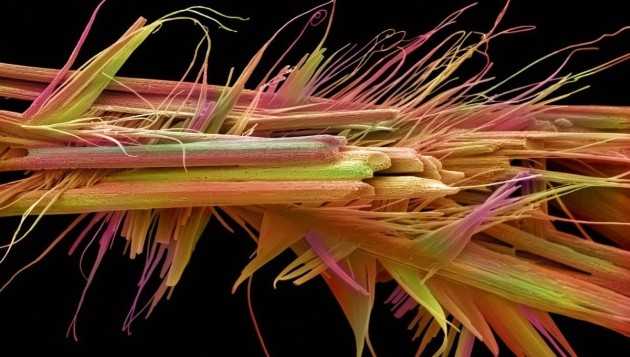Researchers at Karolinska Institutet in Solna, Sweden, have developed a method for producing flexible plastic electrodes capable of releasing the neurotransmitter acetylcholine upon an electrical trigger.
This technology has applications in the treatment of Alzheimers’s Disease or muscular disorders where today, hard metal electrodes are used to stimulate nerves to restore muscle function.
Using flexible plastics instead of metal is an advantage because it will cause less damage to the surrounding brain tissue.
By stimulating brain regions the physiological way, with neurotransmitters instead of electricity, the researchers claim that the effect will be much more specific and will allow treatments that were not previously possible.
Impregnating conducting plastics with sufficient amounts of neurotransmitters, so that release is only possible due to an electronic trigger is difficult under normal conditions.
The multidisciplinary team therefore used the unique properties of a supercritical fluid to achieve the desired effect in the same way that the coffee industry uses supercritical fluid to extract caffeine from coffee.
They took carbon dioxide gas and put it under pressure while at the same time, increasing the temperature.
At a specific point under these conditions, the carbon dioxide will take on the properties of both a liquid and a gas.
The researches found that acetylcholine with a co-solvent would dissolve in supercritical carbon dioxide and penetrate into the conducting plastic material.
“This approach has additional benefits.” said Professor Agneta Richter-Dahlfors, the lead investigator of the study.
“Supercritical carbon dioxide is good sterilization method for sensitive materials, so when we impregnate the plastic with this method, we are also preparing it for use in the clinic, you get two for one.”
In the second part of the research article the researchers showed that they could then release the acetylcholine on demand by stimulating the conducting plastic with an electrical signal.
This caused the polymers of the plastic to expand, allowing the trapped acetylcholine to diffuse out into the surroundings.
This could be used for treating muscular disorders where the motor neurones are damaged.
“We are very excited about the results. The field of Organic Bioelectronics is expanding and every way we turn we find new and exciting applications in medicine.
There are many important neurotransmitters which we can use with this method to stimulate nerve cells specifically,” said Dr. Susanne Löffler.
This work was published in the Journal for Controlled Release and was carried out with financial support Vinnova and Carl Bennet AB.
















